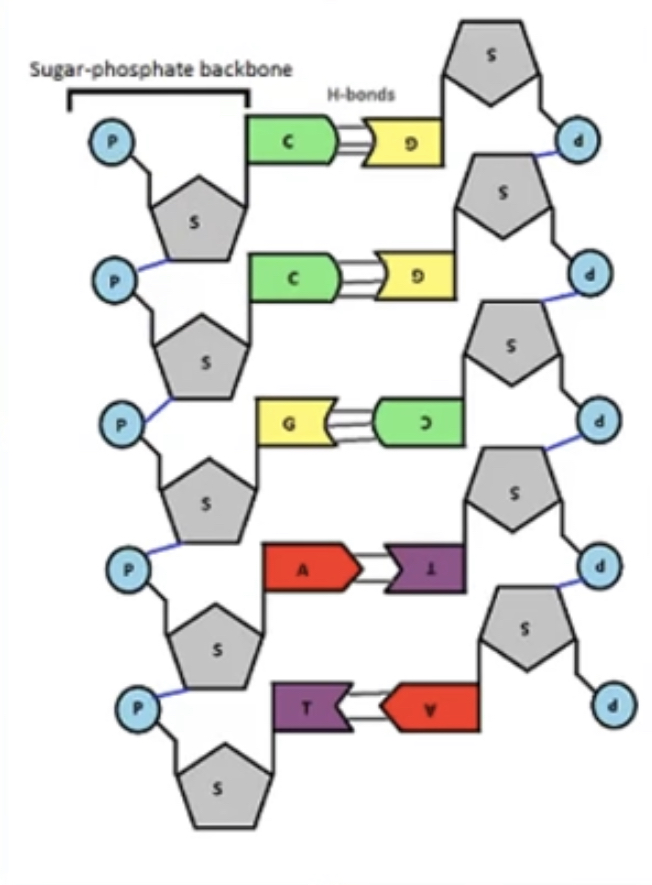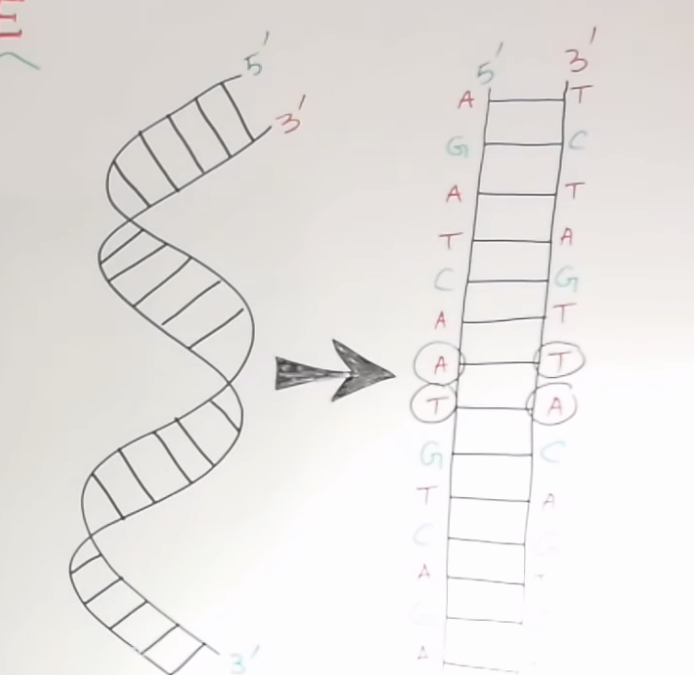CAASPP 1/3 Biology Final study
0.0(0)
0.0(0)
Card Sorting
1/24
Earn XP
Description and Tags
Study Analytics
Name | Mastery | Learn | Test | Matching | Spaced |
|---|
No study sessions yet.
25 Terms
1
New cards
What are organelles?
Small parts of a cell that have functions.
2
New cards
What is ATP?
A form of energy used by cells
3
New cards
How is ATP made?
ATP is made through cellular respiration (mitochondria)
4
New cards
Mitochondria
Mitochondria is a organelle where most of the cells energy is made via cellular respiration
5
New cards
What is the formula for cellular respiration?
Glucose + Oxygen carbon dioxide + water + ENERGY (ATP)
6
New cards
Ribosome
Ribosomes are where proteins are made
7
New cards
The Nucleus
The control center of the cell that also contains DNA
8
New cards
What’s a cell membrane?
The cell membrane is present in all cells. It monitors what comes in and out of the cell and separates the inside contents of the cell from the outside.
9
New cards
Cell Membrane vs cell wall?
A cell wall **only exists in plants, fungi, algae and bacteria.** It is thick and non-living. %%A Cell membrane is in all cells, thinner and is living.%%
10
New cards
What is low and high concentration for molecules and cells?
High concentration means a larger amount of molecules in one area and lower concentration is a smaller amount of molecules in another.
11
New cards
What is passive and active transport of molecules through cells?
Passive transport of molecules is from a high concentration area to a low concentration without using energy to pass. Active Transport is movement from low concentration to high concentration using energy. (ATP)
12
New cards
Proteins are broken down into…?
Amino acids
13
New cards
Carbohydrates and starches and broken down into…?
Simple sugars
14
New cards
Fats / Lipids are broken down into…?
Fatty acids and glycerol
15
New cards
What is an enzyme?
An enzyme is a protein that has the ability to speed up a rate of reaction like a catalyst.
16
New cards
what is a substrate?
A substrate is a molecule that and enzyme reacts with
17
New cards
In what ways is an enzyme “picky”
1. Shape. An enzyme can’t connect with a substrate to create a reaction if it isn’t the same shape and size it needs to be to fit into its active site ( like a lock and key)
2. Temperature. Differents enzymes like to work at different ideal temperatures.
3. Ph. Different enzyme need different levels of Ph to function.
When an enzyme is outside its ideal conditions it becomes denatured. It can no longer work correctly and bind to substrate.
18
New cards
What is dynamic equilibrium?
Dynamic equilibrium is a steady state balance. (homeostasis)
19
New cards
What is homeostasis ?
The body changing to keep equilibrium. (ex. Sweat on a hot day, shivering when cold)
20
New cards
What is a receptor?
A receptor is a protein that binds to a signal molecule.
21
New cards
What is a nucleotide made up of ?
Sugar, phosphate and a Base. (using DNA aka Base)

22
New cards
What Does All Teachers Go Crazy mean?
DNA is written in strands of letters (ATGC). A Strand of Dna has a complementary strand written using the letter that oppose it.

23
New cards
24
New cards
25
New cards